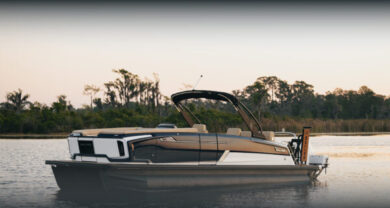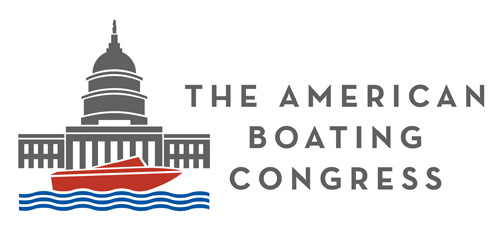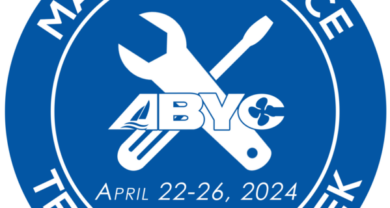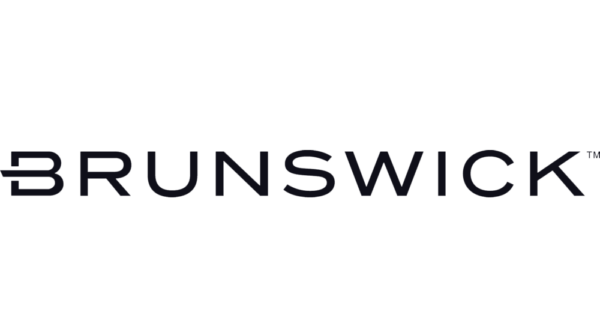Here to STAY
Boating Industry: How does BRP think the two-stroke direct injection market at large is faring?
Roch Lambert: We don’t look at the DI market, the two-stroke market and the four-stroke market. For us, it’s the outboard market at large. Certainly I believe that the DI technology’s potential within the overall market is still very, very strong. We’ve got plenty of room to grow. And as we expand the offerings — in our case, we just added the 25/30 hp engine to the lineup, using the same E-TEC technology … We believe this will allow us to continue to grow the DI technology within the outboard market overall.
It offers great re-power opportunities. There were a lot of boats designed many years ago with shallower transoms and lighter configurations and so on. And they don’t necessarily do as well with, or perform as well with, a heavy four-stroke on the back. There are millions of those boats out there, and a lot of them are more inclined to be re-powered with a two-stroke engine. So we think that certainly also offers great opportunities for growth.
And I guess, finally, the fact that carbureted motors are going to be regulated out [in] January 2010 will also offer an opportunity for DI to grow within the outboard industry. So we’re extremely optimistic about where the category can grow.
BI: How does BRP expect that market to evolve as a percentage of total outboard engine sales?
RL: Well, I checked my numbers again today, and 41 percent of all outboards sold today 30 horses and up are two-stroke engines — that’s a combination of DI and carbureted motors, of course. But that’s 30 horses and up … We have no competition up to 75 horses. So there’s a big portion of the whole segment where you don’t even have engines today, and yet it represents 42 percent of the industry. Many years ago, and you may have seen it yourself, our competitors kept saying it would be an 80, 85, 90 percent four-stroke market vs. two-stroke. And we’ve seen actually a reversal in the last two years. It was a little more than 60, a little lower than 40 not long ago, and now it’s gradually flip-flopping to where today two-stroke engines are 40, 41 percent, let’s say, in the 30 horses and up. So I think clearly DI are there to stay. We believe in our strategy big time and, again, like I said before, there’s still plenty of room for us to grow as we expand the lineup and the DI gets the credibility that it deserves.
BI: Yamaha has said that they’re moving away from their two-stroke direct injection product over time. Will that have an impact on BRP?
RL: As far as our position, and I want to make this clear, the fact that they decide to get out of the technology — and I’m assuming they will, I know they’ve made that statement, but let’s assume that they do — it doesn’t change our strategy. We absolutely believe in where DIs are going. And, in fact, I’d like to bring in maybe a couple of pieces of data. We won JD Power [presented at the 2009 Miami International Boat Show]. Our score was 907. The best four-stroke engine was Honda at 908. So it’s a dead heat now. We have two technologies that satisfy the consumer at exactly the same level. And, in fact, our DI engine has fared better than a lot of the four-strokes — obviously, because we’re dead even with the winner on the four-stroke DFI side. Clearly, there is potential for DIs to gradually continue to grow, and eventually I believe replace a portion of the four-stroke because of the inherent challenges that four-stroke technology has in an outboard configuration.
BI: A lot of people have speculated that BRP will get out of marine during this downturn. How do you respond to that?
RL: I don’t know how many times I’ve heard that in the last eight years, and I’m sure a lot of our competitors would
like us to get out of the game, but it’s not
going to happen. We are committed to this industry … We have, we believe, a very good plan, and we believe it will allow us to grow the business as we move forward.
BI: How are you rightsizing your outboard engine business in response to the downturn?
RL: To start with, we have a very lean organization, if I look at where we’re at vs. our competitors. But in spite of all that, when things started getting really challenging in the fall, we took the necessary actions to make sure that we would still remain financially very strong and keep some flexibility.
Two things we really protected hard, though, are the dealer networks — how do we make sure we continue to have the means to support the dealer networks to get through all this, and when I say dealer networks it also includes the boat builders in the case of outboards. And then secondly, we want to make sure we continue to innovate.
BI: Is BRP still profitable in the
marine market?
RL: It is. And we expect it to remain
profitable.




